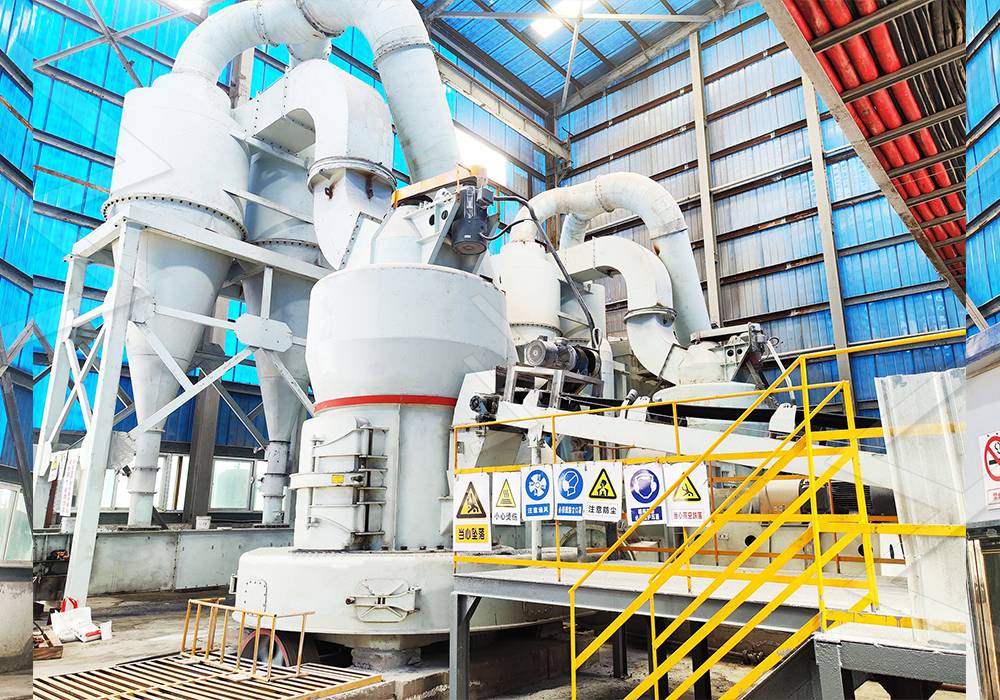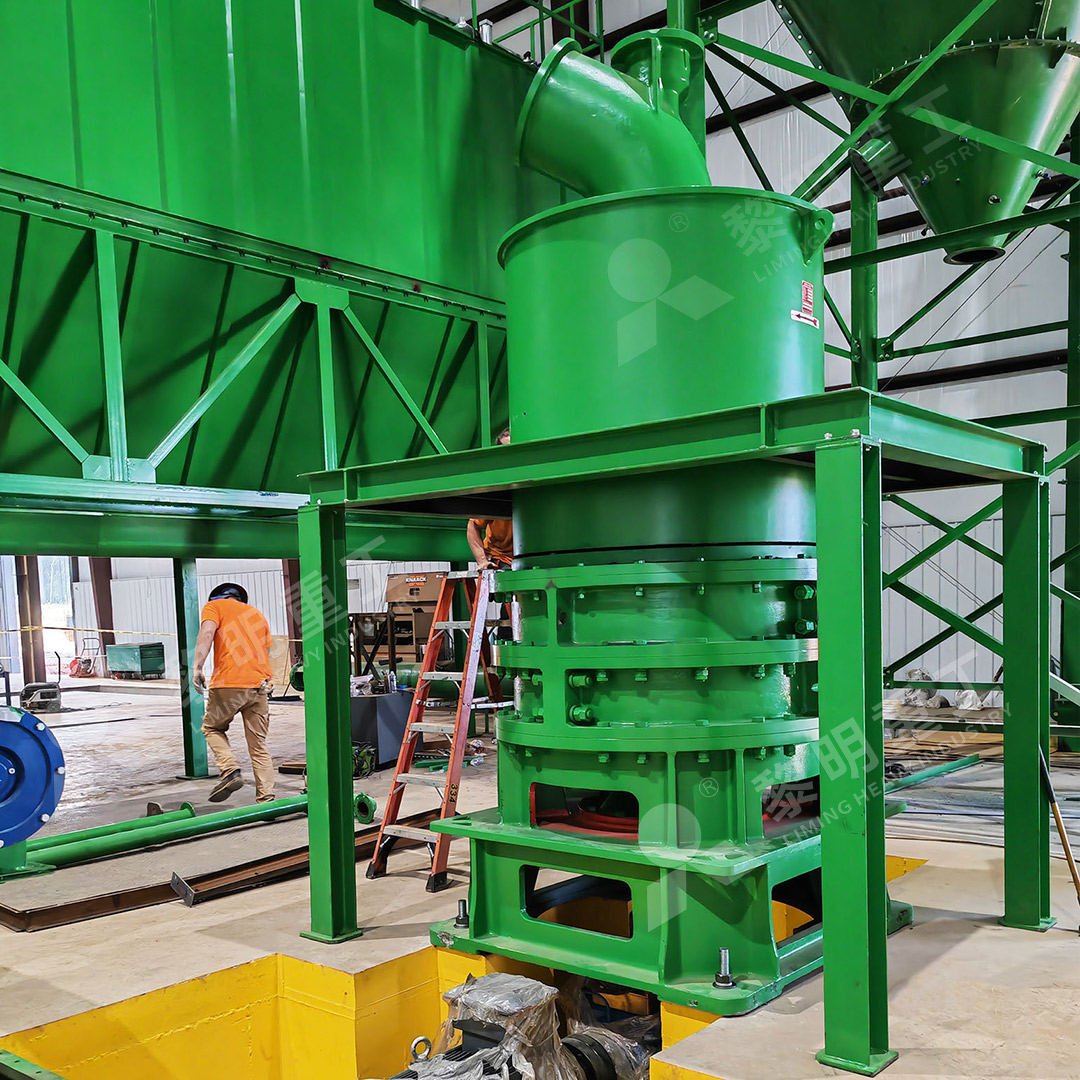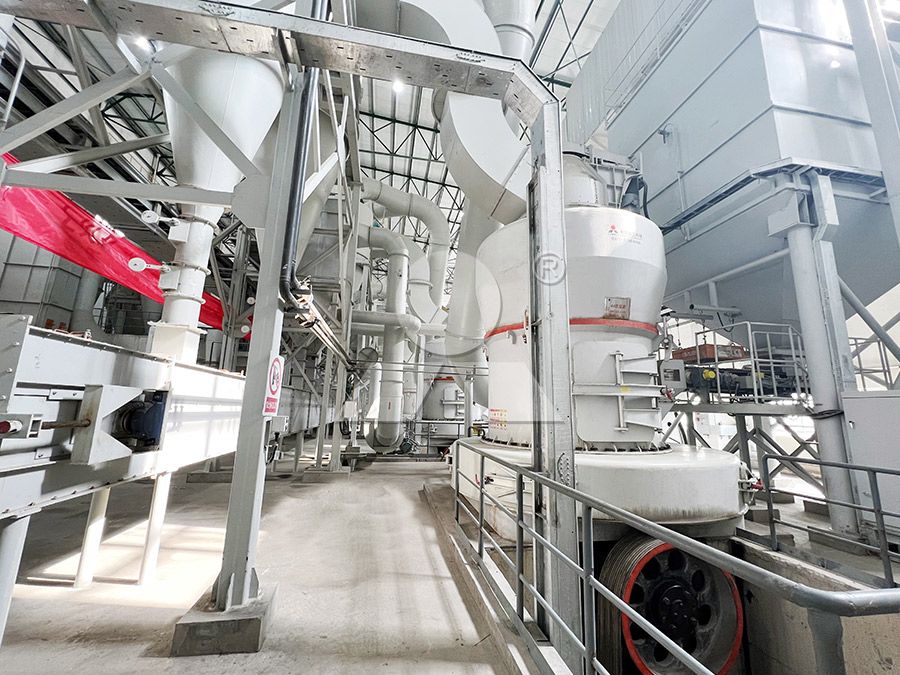How to Choose the Right Grinding Mill for Limestone Processing
How to Choose the Right Grinding Mill for Limestone Processing
Selecting the optimal grinding mill for limestone processing requires careful consideration of multiple factors including feed size, required capacity, desired fineness, and operational costs. Limestone’s versatility across industries—from construction materials to pharmaceuticals—demands equipment capable of producing precisely controlled powder specifications while maintaining efficiency and environmental compliance.
Key Selection Criteria
Before investing in grinding equipment, processors should evaluate their specific requirements. The input size of raw limestone varies significantly depending on quarry operations and primary crushing methods. Similarly, production capacity needs range from small pilot plants to large-scale industrial operations. Final product fineness represents another critical variable, with applications spanning from coarse aggregates (20-50 mesh) to ultra-fine powders (2500+ mesh) for specialized industrial uses.

Environmental considerations have become increasingly important in mill selection. Modern operations must address dust control, noise pollution, and energy consumption to meet regulatory standards and community expectations. Equipment with integrated dust collection and noise reduction features can significantly reduce compliance costs while improving workplace safety.
Technology Options for Limestone Grinding
The grinding mill market offers diverse technologies, each with distinct advantages for specific applications. Traditional ball mills provide reliable performance for coarse to medium grinding but suffer from higher energy consumption and limited fineness control. Raymond mills represent an established technology for medium-fine powders but may struggle with ultra-fine requirements.
Vertical roller mills have gained popularity for their compact footprint and efficient drying capabilities, particularly valuable when processing limestone with higher moisture content. European trapezium mills offer robust construction and operational stability for medium to high capacity requirements.

Advanced Solutions for Ultra-Fine Applications
For operations requiring ultra-fine limestone powders (325-2500 meshes), specialized equipment delivers superior performance. Our MW Ultrafine Grinding Mill represents a technological leap in fine powder processing, engineered specifically for customers needing precise control over final product specifications.
This advanced system handles input sizes up to 20mm with capacities ranging from 0.5 to 25 tph, making it suitable for various production scales. The innovative design eliminates rolling bearings and screws within the grinding chamber, addressing common failure points that plague conventional mills. Operators benefit from external lubrication capabilities that enable maintenance without production stoppages.
The MW series incorporates German-developed cage-type powder selector technology, allowing precise adjustment of product fineness between 325-2500 meshes. This technology achieves remarkable screening efficiency with d97≤5μm in a single pass. Compared to jet mills and stirred grinding mills, the MW Ultrafine Grinding Mill increases production capacity by 40% while reducing system energy consumption by 30%.
Vertical Grinding Innovation
For operations prioritizing space efficiency and advanced powder separation, the LUM Ultrafine Vertical Grinding Mill offers distinctive advantages. With an input size capacity of 0-10mm and throughput of 5-18 tph, this mill integrates Taiwanese grinding roller technology with German powder separating expertise.
The LUM design features unique roller shell and lining plate grinding curves that promote stable material layer formation, enabling high finished product rates through single-pass milling. Its multi-head powder separating technology, controlled by a PLC system, solves the dual challenges of high-precision powder diameter control and rapid switching between production demands. The mill’s reversible structure simplifies maintenance by allowing easy access to grinding components.

Operational Considerations
Beyond technical specifications, successful mill selection requires evaluating operational factors. Maintenance accessibility, spare parts availability, and technical support significantly impact long-term operating costs. Equipment with digitally controlled manufacturing processes typically demonstrates higher precision in core components, translating to improved reliability and consistent product quality.
Modern grinding mills should incorporate comprehensive environmental controls, including efficient pulse dust collectors and noise reduction systems. These features not only ensure regulatory compliance but also contribute to sustainable operations that align with contemporary environmental standards.
Frequently Asked Questions
What is the typical energy consumption difference between traditional ball mills and modern ultrafine mills?
Modern ultrafine grinding mills like the MW series can reduce energy consumption by 30-50% compared to traditional ball mills while achieving higher production capacity and finer product specifications.
How important is particle size distribution control in limestone processing?
Extremely important. Consistent particle size distribution affects product performance in downstream applications, particularly in pharmaceuticals, paints, and high-value chemical processes where precise particle characteristics determine final product quality.
Can the same grinding mill handle different mineral types beyond limestone?
Yes, advanced mills like the MW Ultrafine Grinding Mill process various non-metallic minerals including calcite, dolomite, talc, barite, and gypsum. However, specific adjustments to grinding parameters may be required for optimal results with different materials.
What environmental features should I prioritize when selecting a limestone grinding mill?
Look for integrated pulse dust collection systems, noise reduction technology, and energy-efficient designs. The MW Ultrafine Grinding Mill, for example, incorporates both efficient dust collection and muffler systems to minimize environmental impact.
How does maintenance requirements vary between different mill types?
Maintenance needs differ significantly. Designs like the MW Ultrafine Grinding Mill that eliminate internal rolling bearings and screws reduce maintenance frequency and complexity. Vertical mills often provide better access to grinding components for simplified maintenance operations.
